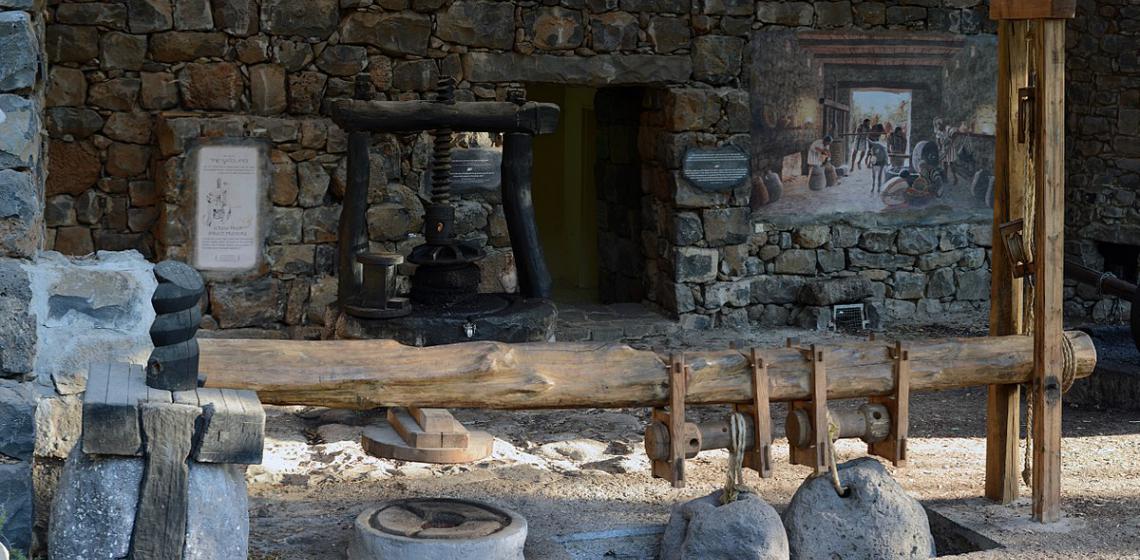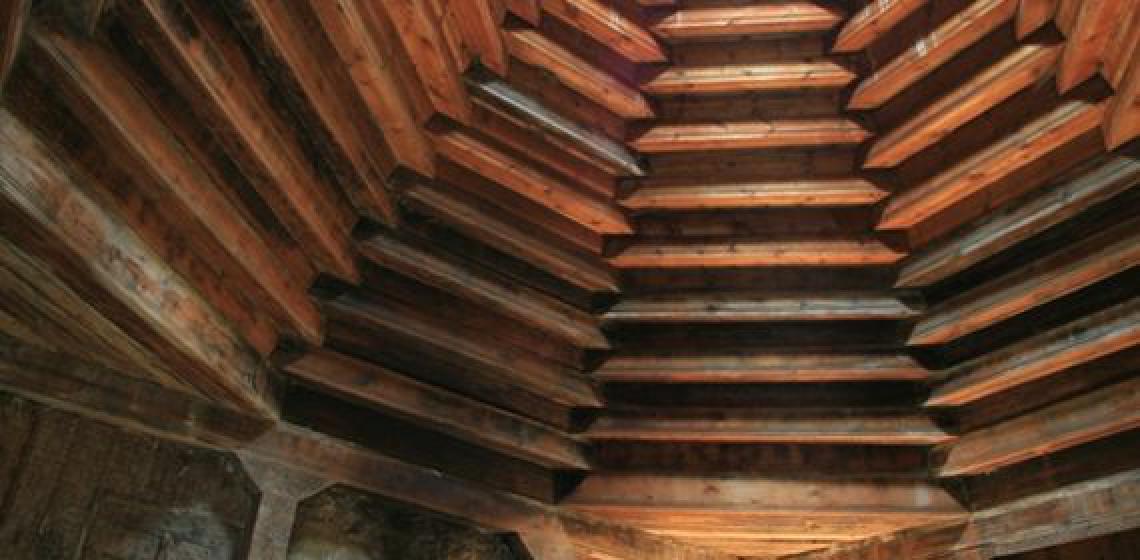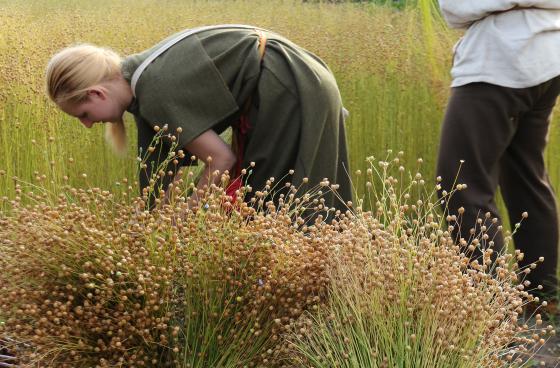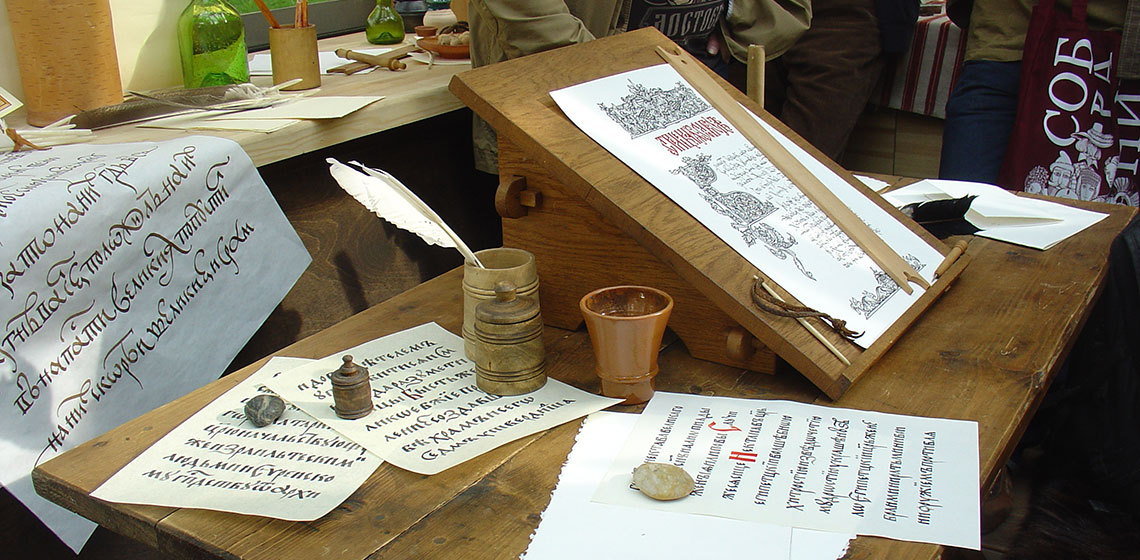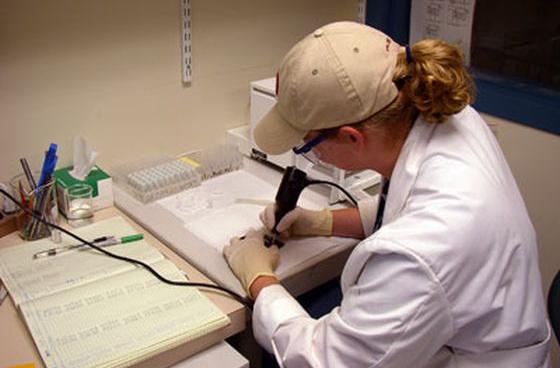The AD SIGNA MILITES fort measures 40m x 45m, has a wooden palisade, three guard towers at the gates and a surrounding double ditch. Inside are barracks, a kitchen, commanders quarters, blacksmith’s workshop, latrines, well, battle-cart, helmets, armour, swords and other weapons, including a ballista. In addition, there are items of daily living used by roman soldiers.
There is a teaching and recreational area with illustrative models and a small book collection for students.
The fortified roman camp or fort was either a temporary or permanent structure to house one or two military legions. It was probably the fundamental element of military power and basis for the spread of roman civilisation. The autonomous and self-sufficient community guaranteed security to the legionaries when coping with long campaigns in enemy territory. The virtually perfect structure and organisation represented a powerful psychological weapon in the eyes of the enemy.

